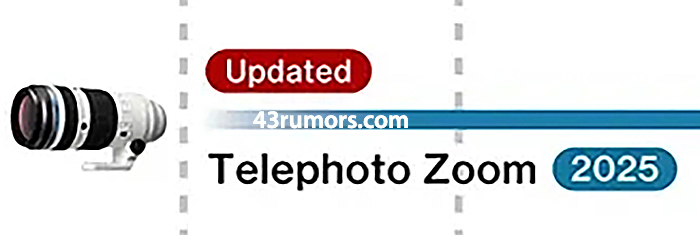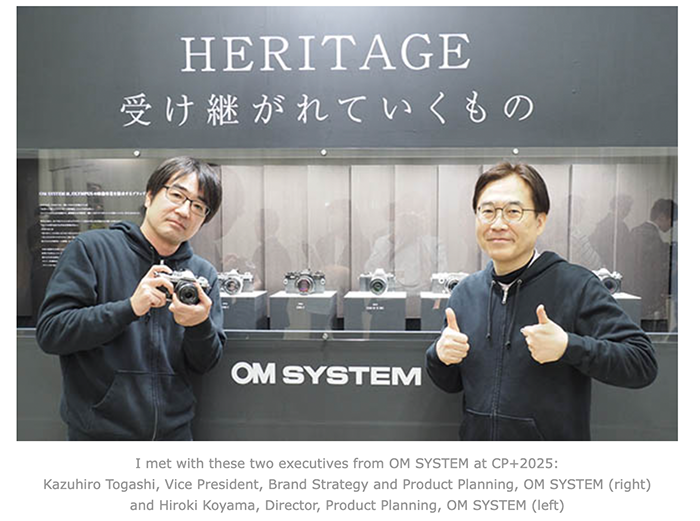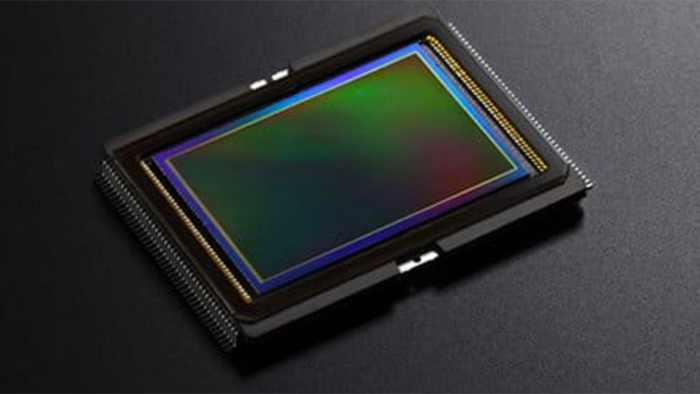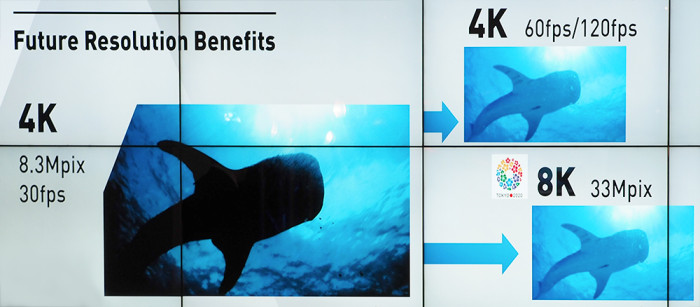Joe Edelman: “Goodbye Nikon! Why I switched to the Olympus OM-D E-M1 II and the micro four-thirds format”
Joe Edelman writes:
I am now a proud owner of Olympus cameras and lenses and I am enjoying everything that the micro four-thirds format has to offer. I have made the switch from Nikon and my full frame and APS-C camera bodies to the Olympus OM-D E-M1 Mark II camera bodies and Zuiko Pro lenses.
This video is the story of why I switched to Olympus.
My new Olympus camera system includes 2 OM-D E-M1 Mark II bodies which are 20.4 megapixel cameras.
I have three zoom lenses and four primes. The zooms are all Zuiko Pro Series lenses – the 7-14mm f/2.8 wide angle, the 12-40mm f/2.8 and the 40-150mm f/2.8
And if you are wondering about the 35mm equivalents of these lenses – just double the numbers – the 7-14 is the equivalent of a 14-28mm full frame lens. The 12-40 is equivalent to a 24-80mm full frame lens and the 40-150mm is equivalent to an 80-300mm full frame lens.
My new kit also includes four Olympus Zuiko rime lenses… the new 25mm f1.2 Pro lens and the just released 45mm f/1.2 Pro lens with its feathered bokeh. I also have a 30mm f/3.5 macro lens and a 300mm f/4 Pro lens which is a 600mm equivalent and great for shooting sports – if I add the 1.4 teleconverter this becomes an 840mm equivalent lens.
Olympus is the company that developed the four-thirds standard and then later paired with Panasonic to share technology and the micro four-thirds standard evolved. The consortium formed by these two companies now includes companies like Zeiss, BlackMagic Design, Fujifilm, Sigma, Tamron, Tokina, Schneider, Iowa and a bunch of others – all with the goal of producing cameras and lenses that conform to the four-thirds standard.
Why now – at this point in my career after using Nikon for so long and right before they are hopefully gonna come out with a mirrorless camera???
I did it because for the last two years while I have been making these YouTube videos and traveling the country teaching and talking with photographers of all different skill levels from all around the world – my head has been filled with the anxiety from photographers worrying about Full Frame Is Better – More Mega Pixels are Better – More Dynamic Range is Better – Sony is Better – Nikon is Better – Canon is better. I hear this stuff day in and day out in the very next sentence I hear the complaints about the cost of equipment and size and weight all the while these same photographers are struggling to improve their craft.
The only helpful advice that I can offer to these folks is to ignore what everybody else is doing and remember why they picked up their very first camera. 99 percent of the time – it was NOT because they cared about how somebody else took pictures or about megapixels or dynamic range or any of that stuff.
I remind them when they first picked up a camera it was FUN and that’s why they picked it up again and again and got hooked. The more I tried to persuade photographers to get back to having fun – mainly because it’s easier to learn and improve when you are having fun – the more I realized I was making the same mistake. My advantage though was that I did the bulk of my learning long before we had megapixels to worry about or an internet full of photographers to compare myself to. When I learned photography the focus wasn’t on gear – sure you wanted to have the right gear for the job – but you also had to learn to solve problems. You focused on the image that was in front of your camera.
So in short – I decided to take my own advice.
before some of you start getting defensive about your full frame cameras or APS-c cameras – please note – I have not said it’s wrong to use them or that you should switch. I am just telling you why I switched, because I’ve had literally hundreds of people ask for an explanation on the various social media platforms where I share my photos. So please don’t accuse me of saying one brand is better than another. I am just telling you what is best for me.




